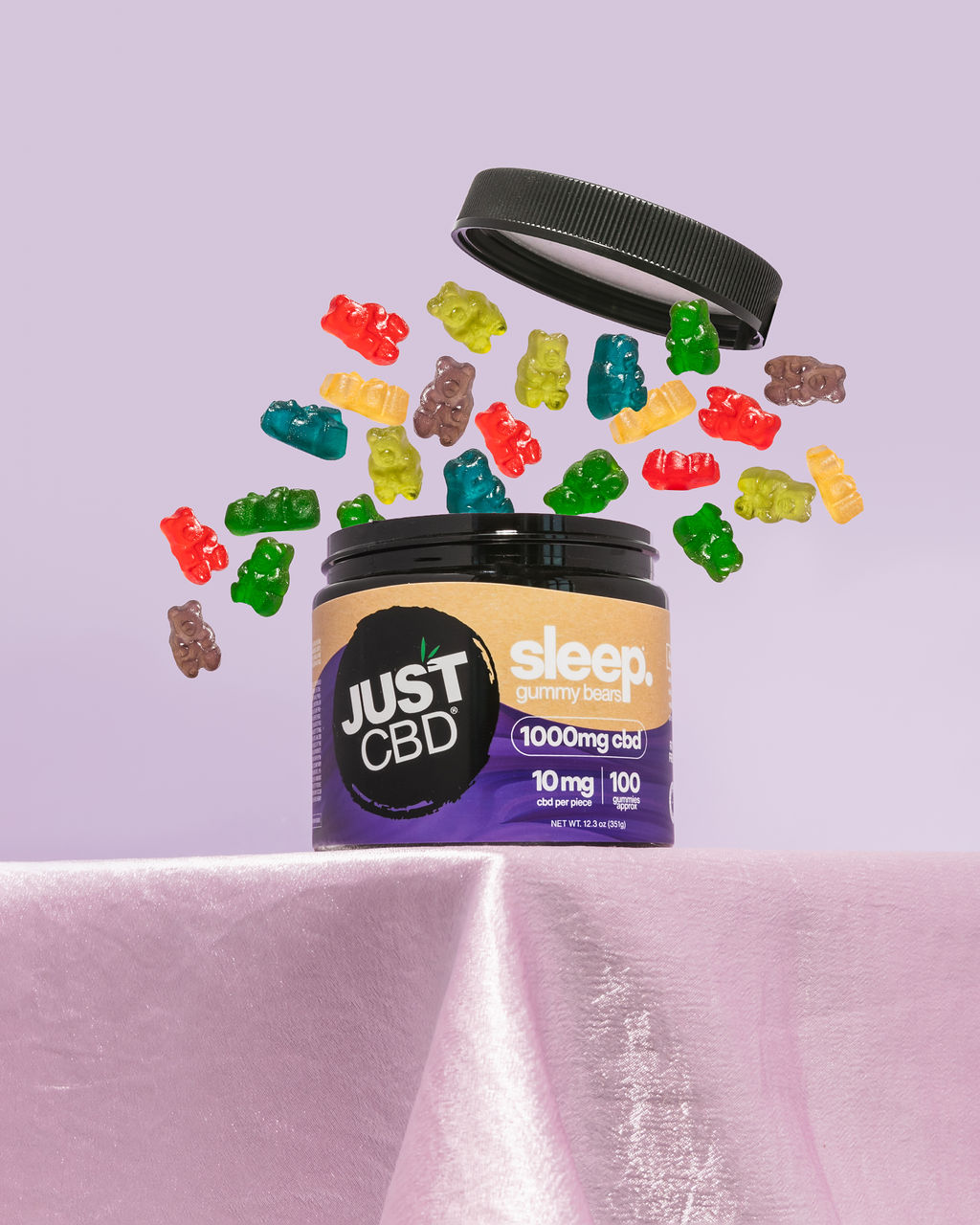Potential Benefits of Kratom for Opioid Withdrawal
Kratom, a tropical plant native to Southeast Asia, has gained attention for its potential benefits in managing opioid withdrawal symptoms. Some individuals report that kratom can help alleviate cravings, reduce pain, and improve mood during the withdrawal process.
Symptom Relief
Ktraom contains compounds called mitragynine and 7-hydroxymitragynine, which are thought to interact with opioid receptors in the brain. This interaction may contribute to its potential effects on opioid withdrawal symptoms. Kratom is believed to mimic some of the effects of opioids, such as pain relief and euphoria, but without the same level of dependence and risk of overdose.
While some individuals report positive experiences with kratom for opioid withdrawal, it’s important to note that scientific research on its effectiveness is limited. More studies are needed to fully understand the potential benefits and risks of using kratom for this purpose. Additionally, kratom can have side effects such as nausea, constipation, and anxiety.
Individuals considering using kratom for opioid withdrawal should consult with a healthcare professional to discuss the potential risks and benefits, and to explore other treatment options.
Reduced Cravings
Kratom’s potential benefits for opioid withdrawal stem from its interaction with opioid receptors in the brain. The compounds mitragynine and 7-hydroxymitragynine, found in kratom, are thought to mimic some effects of opioids, such as pain relief and euphoria, but with potentially less risk of dependence and overdose.
Users report that kratom can help alleviate intense cravings associated with opioid withdrawal. It may also help reduce physical discomfort experienced during the withdrawal process.
Improved Mood and Energy Levels
Kratom is believed to improve mood and energy levels by interacting with opioid receptors in the brain, similar to how opioids work. While research is limited, some users report experiencing a sense of well-being and increased motivation when using kratom.
The compounds mitragynine and 7-hydroxymitragynine found in kratom may contribute to these effects by modulating neurotransmitter activity in the brain, potentially leading to mood elevation and enhanced energy.
Mechanism of Action
Understanding how kratom might help with opioid withdrawal begins with its mechanism of action. Kratom contains compounds called mitragynine and 7-hydroxymitragynine, which are believed to interact with opioid receptors in the brain. These interactions are thought to contribute to kratom’s potential effects on opioid withdrawal symptoms.
Opioid Receptor Interaction
Kratom’s effects on opioid withdrawal are likely due to its interaction with opioid receptors in the brain. The compounds mitragynine and 7-hydroxymitragynine found in kratom bind to these receptors, producing a range of effects that may alleviate withdrawal symptoms.
Opioid receptors are part of the body’s pain management system and are also involved in regulating mood, pleasure, and other functions. When opioids, such as heroin or prescription painkillers, bind to these receptors, they trigger feelings of euphoria and reduce pain perception.
Kratom’s compounds appear to have a similar effect, activating opioid receptors and mimicking some of the effects of traditional opioids. However, it’s believed that kratom may produce a less intense “high” and has a lower risk of dependence compared to pharmaceutical opioids.
Other Potential Mechanisms
Kratom’s mechanism of action is primarily attributed to its interaction with opioid receptors in the brain. Mitragynine and 7-hydroxymitragynine, the primary alkaloids found in kratom, bind to these receptors, producing effects similar to opioids.
While kratom may alleviate some withdrawal symptoms by activating these receptors, it’s important to note that its exact effects are complex and not fully understood. There is evidence suggesting additional mechanisms beyond direct opioid receptor activation.
For instance, kratom may also influence other neurotransmitters like serotonin and dopamine, which play roles in mood regulation, pain perception, and reward pathways. Research suggests these interactions could contribute to kratom’s reported effects on anxiety, energy levels, and overall well-being.

Risks and Side Effects of Kratom Use
While some people use kratom to help manage opioid withdrawal symptoms, it’s important to be aware of the potential risks and side effects associated with its use. Kratom can cause nausea, constipation, anxiety, and in some cases, more serious health problems.
Gastrointestinal Issues
Kratom can cause various gastrointestinal issues, including:
- Nausea
- Vomiting
- Constipation
- Diarrhea
Cardiovascular Risks
Kratom’s potential cardiovascular risks are a significant concern. Kratom can elevate heart rate and blood pressure, increasing the strain on the cardiovascular system.
This heightened risk is particularly concerning for individuals with pre-existing heart conditions or those who are prone to high blood pressure.
Long-term use of kratom may contribute to cardiovascular damage over time.
Mental Health Concerns
Kratom can have adverse effects on mental health. Some individuals experience anxiety, paranoia, and depression when using kratom. In some cases, kratom can exacerbate pre-existing mental health conditions or trigger psychotic symptoms in vulnerable individuals.
Long-term kratom use has been linked to dependence and addiction. While it may not be as addictive as traditional opioids, regular use can lead to tolerance, withdrawal symptoms, and a strong psychological dependence on the substance.
It’s important to note that kratom’s interactions with medications can be unpredictable. Kratom can interfere with the effectiveness of certain medications or increase the risk of side effects.
Individuals taking prescription drugs should consult a healthcare professional before using kratom.
Legal Status and Regulations
Kratom, while gaining popularity for its potential to alleviate opioid withdrawal symptoms, exists in a complex legal landscape. Regulations surrounding kratom vary significantly across different countries and regions. In some places, it is fully legalized and available for purchase, while in others, it is strictly prohibited or has been banned altogether. Understanding the legal status of kratom in your specific location is crucial before considering its use.
Varying Legality Across Jurisdictions
Kratom’s legal status is complex and varies widely depending on the jurisdiction. Some countries have fully legalized kratom, while others have imposed bans or restrictions. In the United States, the legal status of kratom is a patchwork of state laws. While some states have embraced legalization, others have enacted outright bans or adopted restrictive regulations.
The U.S. Drug Enforcement Administration (DEA) has attempted to classify kratom as a Schedule I drug, citing concerns about its potential for abuse and lack of accepted medical use. However, this effort has faced legal challenges from advocates who argue that kratom has legitimate therapeutic benefits.
In Europe, kratom’s legal status is equally diverse. Some European countries have legalized kratom for personal use, while others have classified it as a controlled substance or prohibited its sale altogether.
The evolving legal landscape surrounding kratom highlights the need for continued research and open dialogue to determine its risks and benefits and establish appropriate regulations that balance public health concerns with individual autonomy.
Potential for Abuse and Dependence
Kratom’s legal status is a complex and evolving issue. Regulations vary widely across different countries, states, and even cities. In some places, kratom is fully legalized and available for purchase without restrictions. Others have enacted bans or strict regulations due to concerns about potential abuse and dependence.
The United States presents a patchwork of laws regarding kratom. While some states have legalized it, others have outright banned it or implemented restrictive measures. This inconsistency creates confusion and challenges for individuals seeking information and safe access to kratom.
The debate surrounding kratom’s legal status centers around its potential for abuse and dependence. Like other substances that interact with opioid receptors, kratom can be habit-forming, leading to cravings and withdrawal symptoms upon cessation of use. Concerns exist regarding the potential for misuse, particularly among individuals struggling with substance use disorders.
Despite these concerns, advocates argue that kratom possesses therapeutic benefits and should be accessible under responsible regulations. They point to anecdotal reports of its effectiveness in managing opioid withdrawal symptoms, pain relief, and improving mood.
The ongoing legal battles surrounding kratom underscore the need for comprehensive research to fully understand its risks and benefits. Clearer guidelines and regulations are essential to ensure safe and ethical access to kratom while mitigating potential harm.
Considerations and Recommendations
This article will explore the potential benefits and risks of using kratom to help manage opioid withdrawal symptoms, discuss existing research, and provide important considerations for individuals considering this treatment option.
Dosage Guidelines
Dosage guidelines for kratom vary depending on individual factors such as body weight, metabolism, and tolerance. It’s crucial to start with a low dose and gradually increase it until the desired effects are achieved.
Individuals new to kratom should begin with 1-2 grams and carefully monitor their response before increasing the dose. Experienced users may require higher doses, but it’s important to avoid exceeding 5 grams per day to minimize the risk of adverse effects.
It is essential to consult with a healthcare professional before using kratom, as they can provide personalized advice on appropriate dosage and potential interactions with other medications or health conditions.

Monitoring your response to kratom is crucial for safe and effective use. Pay close attention to any changes in mood, energy levels, and physical sensations. If you experience any adverse effects, such as nausea, dizziness, or anxiety, reduce the dose or discontinue use immediately and consult with a healthcare professional.
It’s important to remember that kratom is not a cure for opioid addiction and should be used in conjunction with other treatment options, such as therapy and support groups.
Monitoring for Side Effects
Individuals considering using kratom for opioid withdrawal should carefully weigh the potential benefits against the risks.
Regular monitoring is crucial when using kratom to manage opioid withdrawal symptoms. Look out for any changes in mood, energy levels, or physical sensations.
If you experience any adverse effects such as nausea, dizziness, anxiety, or rapid heartbeat, reduce the dose or discontinue use immediately and consult with a healthcare professional.
It is essential to keep track of your kratom dosage and be mindful of potential interactions with other medications.
Open communication with a healthcare provider about your kratom use is vital for ensuring safety and exploring alternative treatment options.
Importance of Medical Supervision
Given the complexities surrounding kratom, medical supervision during its use for opioid withdrawal is highly recommended. A healthcare professional can help assess an individual’s suitability for kratom use, taking into account their medical history, current medications, and potential risks.
They can also guide individuals on appropriate dosages, monitor for potential adverse effects, and provide support throughout the withdrawal process. Medical supervision is particularly crucial because kratom can interact with other medications and may exacerbate existing health conditions.
Healthcare professionals can also help explore alternative treatment options for opioid withdrawal, such as medication-assisted treatment (MAT) programs or behavioral therapies. These evidence-based approaches have proven more effective in treating opioid use disorder compared to self-treating with kratom.
Alternative Treatment Options
Alternative treatments for opioid withdrawal are gaining attention as individuals seek options beyond traditional medical interventions. Kratom, a tropical plant native to Southeast Asia, has emerged as a popular choice among those struggling with opioid addiction.
Medications (e.g., Methadone, Buprenorphine)
Medications such as methadone and buprenorphine are commonly prescribed for opioid withdrawal management. Methadone is a long-acting opioid agonist that reduces withdrawal symptoms by mimicking the effects of opioids, thereby alleviating cravings and physical discomfort.
Buprenorphine, also an opioid agonist, has a unique profile with lower abuse potential compared to methadone. It helps reduce withdrawal symptoms while also reducing cravings and preventing relapse.
These medications are often used as part of a comprehensive treatment plan that includes counseling, behavioral therapies, and support groups.
Therapy and Counseling
Alternative treatments for opioid withdrawal offer hope to individuals seeking relief from the debilitating effects of addiction. Here are some options:
- Medication-Assisted Treatment (MAT): MAT combines medications with counseling and behavioral therapies to manage opioid withdrawal symptoms, reduce cravings, and prevent relapse. Medications such as methadone, buprenorphine, and naltrexone can be effective in supporting recovery.
- Behavioral Therapies: Cognitive-behavioral therapy (CBT), contingency management, and motivational interviewing are proven therapeutic approaches that address the psychological aspects of addiction. These therapies help individuals develop coping mechanisms, identify triggers, and build strategies to manage cravings and prevent relapse.
- Support Groups: Mutual support groups like Narcotics Anonymous (NA) provide a safe and supportive environment where individuals can share their experiences, connect with others in recovery, and receive encouragement.
- Holistic Approaches: Yoga, acupuncture, massage therapy, and mindfulness practices may help reduce stress, promote relaxation, and address the physical and emotional challenges associated with withdrawal.
Support Groups
Support groups provide a crucial lifeline for individuals navigating opioid withdrawal and recovery.
- Narcotics Anonymous (NA): This well-established 12-step program offers a framework for recovery based on peer support, shared experiences, and a commitment to sobriety.
- SMART Recovery: This secular and science-based approach focuses on building coping mechanisms, managing cravings, and developing long-term strategies for addiction recovery.
- Local Support Groups: Many communities have local support groups specifically for individuals struggling with opioid withdrawal or addiction. These groups offer a sense of belonging and connection, providing a safe space to share experiences and receive encouragement.
Kratom Powder for sale – Quick delivery
- Exploring Hyaluronic Acid Lip Fillers: What Makes Them Popular? - July 28, 2025
- Exosome Therapy For Skin Rejuvenation Near New Malden And Coombe, Surrey - July 26, 2025
- Exosome Therapy For Skin Rejuvenation Near Ashtead, Surrey - July 25, 2025
